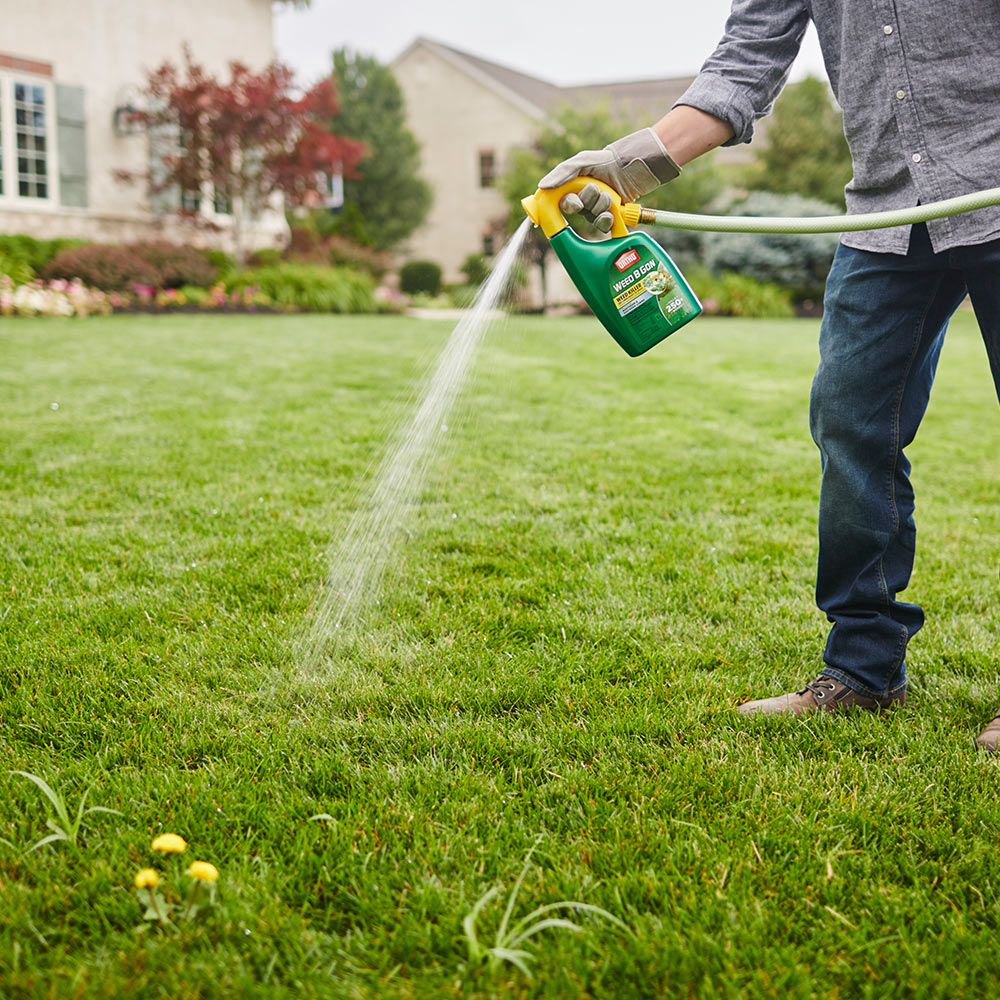Maintaining a lush, green lawn is the dream of many homeowners, yet one common enemy that stands in their way is weeds. Weeds not only detract from weed control aesthetic appeal but they can also compete for nutrients, water and sunlight with grass leading to weak and unhealthy turf. To help reclaim your lawn from its clutches of weeds this comprehensive guide outlines various strategies, tips and best practices for effective Weed Control In Lawns.
What are Weeds?
Before beginning to treat weeds in your lawn, it’s essential that you gain an understanding of exactly what weeds are and why they pose such a threat. Weeds are unwant plants that spread quickly across lawns. Broadleaf weeds, grassy weeds, and sedges all fall under this category and each has unique growth habits and characteristics lawn care services near me; thus identifying which weeds have invaded is the first step toward creating an effective control plan.
Preventive Measures:
Prevention is always better than cure when it comes to lawn Weed Control In Lawns, and that holds true in lawns as well. Implementing preventive measures can significantly lower the chances of weed infestations; one such effective preventive strategy is maintaining a healthy lawn through regular mowing, watering, and fertilization practices – lawn care services near me thick grass acts as a natural barrier that makes establishing new weeds much harder; additionally practising good lawn hygiene such as regularly clearing debris off lawn surfaces can prevent seeds from germinating into seedbeds!
Cultural Practices:
Engaging in certain cultural practices as part of your lawn care routine can also help fight against weed growth. Overseeding thin areas with high-quality grass seed will fill them out and choke out weeds, while proper mowing height is vital as cutting too short will strain turf and promote weeds; cutting too short could even damage it and stress the turf further, thus encouraging deep root development that shades out weed seeds – another benefit from watering deeply but infrequently which encourages deep root development in grass plants making it more resistant against competition against weed competition!
Chemical Control:
When preventive and cultural measures alone are not enough to keep weeds at bay, chemical weed control in lawns methods may become necessary. Herbicides are among the most frequently used weed-control agents for lawns. They work by targeting specific weed species while minimizing harm to desirable grasses when used correctly. Selective herbicides target broadleaf weeds, grassy weeds, or sedges. While non-selective herbicides kill all vegetation they come into contact. These should be used with extreme care so as not to damage desirable grasses!
Selecting an Appropriate Herbicide:
Selecting the ideal herbicide for your lawn requires careful consideration of factors like the types of weeds present, turfgrass species and environmental conditions. Pre-emergent herbicides should be applied prior to seed germination to help stop annual weeds from emerging; post-emergent varieties target active growing weeds and are available both selective and nonselective formulations for effective application. When applying any herbicide product it is always wise to read and follow label instructions closely in order to ensure safe and effective application and safe and effective usage.
Integrative Pest Management (IPM):
Integrative Pest Management is an integrative approach to weed control in lawns that employs various strategies in combination to minimize chemical treatments. Weed control lawn IPM encompasses cultural practices and herbicide applications as well as mechanical means like hand-pulling weeds or using mechanical dethatchers/weed whackers for long-term weed suppression with reduced environmental impacts and pesticide resistance.

Biological Control:
Biological control uses living organisms, such as predators or pathogens, to reduce weed populations. This may involve introducing natural predators or pathogens that target specific lawn aeration weed species without harming desirable vegetation. Weed control lawn Although less often employed in lawn settings than agriculture contexts, biological control methods may still prove effective; grass-eating insects or fungi that target specific weed species could help decrease their numbers over time.
Non-Chemical Alternatives:
Homeowners looking for alternatives to chemical herbicides may consider alternative methods for controlling lawn weeds without chemical herbicides such as manual removal by hand or using tools like weed pullers or dandelion diggers as effective non-chemical options for controlling lawn weeds.
Weed control lawn Manual removal or manual digging using tools such as weed pullers can help, while organic mulch such as wood chips or straw mulching may reduce weed growth by blocking sunlight and preventing seeds from germinating; while natural weed suppressants weed control edmonton like vinegar or boiling water may help target specific weeds effectively when treating individual weeds spot treated individually.
Maintenance and Monitoring:
For effective weed control in lawns to take effect, ongoing maintenance and monitoring are crucial in order to avoid their resurgence. lawn aeration Inspect your lawn weed control edmonton for signs of weed growth regularly and address them immediately as needed; adapt your care practices as required based on seasonal changes or evolving weed pressures; remain vigilant and proactive and you can maintain a vibrant lawn year-round!
Conclusion:
Weeds can present homeowners with an enormous challenge when trying to maintain an idyllic lawn, yet with proper strategies, tips, and best practices it is within their grasp to effectively weed control in lawns with My Yard Ninja. By employing preventive measures, cultural practices, lawn aeration chemical-free control methods and taking an integrated approach to lawn care you can regain your space from unwanted invaders – creating lush green turf that accentuates the beauty of outdoor spaces for years.
